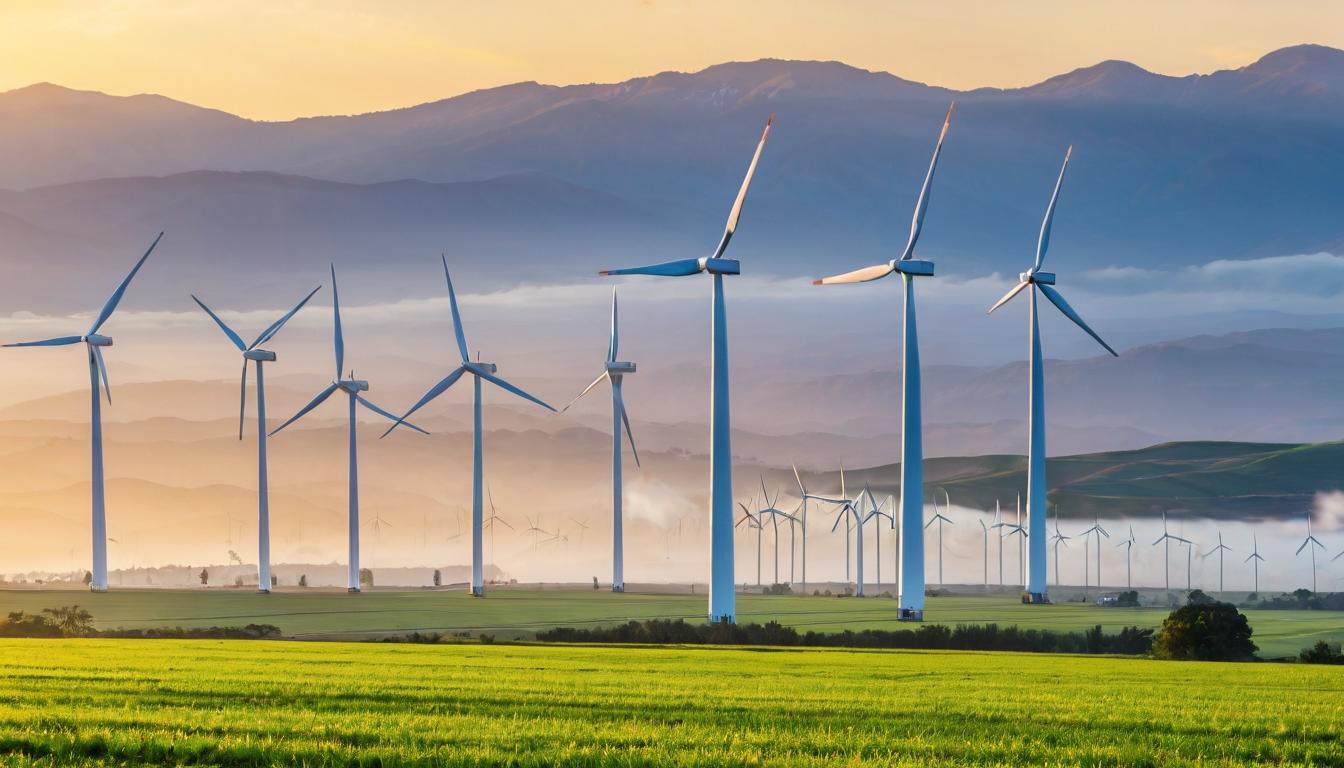In the dimly lit control room of a Midwestern utility, operators stare at screens flickering with data that would baffle most humans. What they're witnessing isn't just another shift—it's the silent takeover of artificial intelligence in managing one of America's most critical infrastructures. While headlines scream about flashy renewable projects and electric vehicles, the real energy revolution is happening in server rooms and algorithm clusters, where machine learning systems are preventing blackouts before humans even recognize the danger.
Across the country, utilities are deploying AI systems that analyze petabytes of data from smart meters, weather patterns, and equipment sensors. These digital guardians can predict transformer failures weeks in advance, optimize power flow across thousands of miles of transmission lines, and even anticipate energy demand shifts caused by everything from heatwaves to major sporting events. The technology has become so sophisticated that some systems can now model the impact of a single cloud passing over a solar farm on grid stability three states away.
The implementation hasn't been without its controversies. Privacy advocates raise alarms about the granular energy usage data being fed into these systems, while veteran grid operators grumble about being second-guessed by algorithms. Yet the results speak for themselves—utilities using advanced AI reporting 30-40% reductions in outage durations and millions saved in preventive maintenance.
What makes this transformation particularly remarkable is how it's reshaping the workforce. The lineman with decades of experience now works alongside data scientists developing neural networks. Utility companies that once hired primarily electrical engineers are now poaching talent from Silicon Valley, creating a strange fusion of old-school utility culture and tech startup innovation.
This technological evolution comes at a critical moment. As climate change intensifies weather extremes and renewable energy introduces new variability into the grid, these AI systems are becoming essential shock absorbers. They're the reason your lights stayed on during last summer's heatwave and why winter storms no longer automatically mean widespread blackouts.
The real story isn't just about the technology—it's about the cultural shift within an industry traditionally resistant to change. Utility executives who once viewed IT as a cost center now see digital transformation as existential. Regulatory bodies that moved at glacial pace are fast-tracking approvals for AI implementations. Even labor unions are negotiating training programs to help workers transition into this new digital landscape.
Looking ahead, the next frontier involves AI systems that don't just respond to grid conditions but actively shape energy markets. Experimental programs already allow algorithms to trade energy futures, optimize battery storage deployments, and even influence consumer behavior through real-time pricing signals. The grid is becoming less a dumb network and more an intelligent, adaptive organism.
This quiet revolution raises profound questions about who—or what—will ultimately control our energy future. As these systems grow more autonomous, regulators struggle to keep pace with technology that often operates in ways its creators don't fully understand. The same algorithms preventing blackouts could theoretically manipulate markets or create new vulnerabilities for malicious actors.
Yet for all the philosophical questions, the practical benefits are undeniable. Communities experience fewer interruptions, businesses save millions in downtime, and the grid becomes more resilient against both natural disasters and human error. The energy transition isn't just happening through solar panels and wind turbines—it's occurring in lines of code and neural networks, reshaping our relationship with power in ways most consumers will never see but all will benefit from.
The hidden revolution: how AI is quietly transforming grid reliability while nobody's watching

